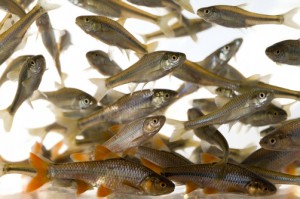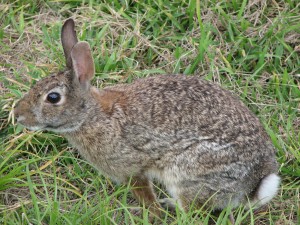Duck and goose seasons, popular with Kansas hunters, will be set during the next Kansas Wildlife, Parks and Tourism Commission meeting at the Kansas Wetlands Education Center, 592 NE K157 Hwy, Great Bend. The August 21 meeting is open to the public and will run from 1 p.m. to 5 p.m., and reconvene at 6:30 p.m. for the evening session.
The afternoon session will begin with time for public comments on non-agenda items, followed by a general discussion period. Topics covered in the general discussion include: Secretary’s remarks regarding agency and state fiscal status, an update on the 2014 Pheasant Tour, and an update on tourism division activities.
Workshop topics for the afternoon session include items that were covered under general discussion during the June meeting. Workshop topics, which will be discussed for potential regulatory action at a future meeting, include 2015 turkey regulations, park regulations, fishing regulations, and the five-year review of the Kansas Threatened and Endangered Species List.
The commission will recess at 5 p.m., then reconvene at 6:30 p.m. at the same location to discuss any remaining workshop items and begin the public hearing. Public hearing items open for discussion during the evening session include legal equipment and taking methods of big game, and late migratory bird seasons.
KDWPT staff will make recommendations for duck and goose seasons based on frameworks provided by the U.S. Fish and Wildlife Service (USFWS), which were released in late July. The frameworks include number of days available for hunting, earliest starting dates and latest closing dates, as well as bag and possession limits. Department staff recommends Kansas seasons based on migration chronology, harvest history, and hunter survey results. Staff recommendations are included in the August 21 Commission Meeting Briefing Book, which will be posted online Aug. 12. Go to www.ksoutdoors.com and click on “Commission” under “KDWPT Info.”
Time will be available in both the afternoon and evening sessions for public comment on non-agenda items. If necessary, the commission will reconvene at the same location at 9 a.m., August 22, to complete any unfinished business.
Commercial-free live video and audio streaming of the meeting will be broadcast through www.ksoutdoors.com.
The next commission meeting is scheduled for October 16, 2014 at Martinelli’s Restaurant Meeting Room, 158 S Santa Fe Ave., Salina.


